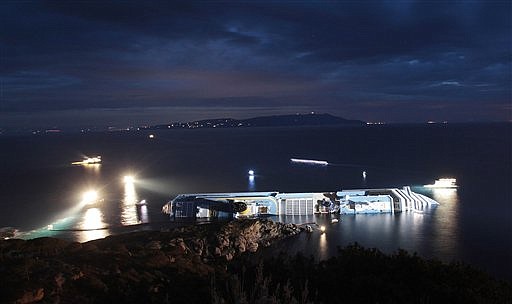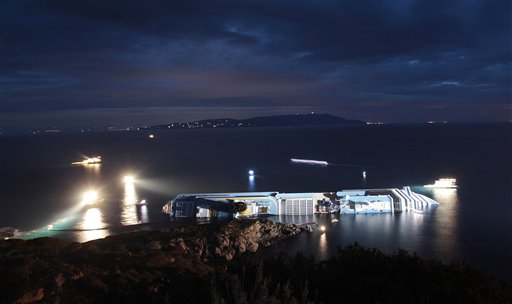Bizarre Italian cruise ship tragedy
Friday, January 1, 1904
It is comparatively rare these days that a great ship capsizes.
And while it was welcome news that most of the 4,200 passengers of the Costa Concordia cruise ship survived when the vessel struck a reef off the Italian island of Giglio recently, an additional shadow was cast on the already-horrifying event when accusations arose that the captain had abandoned the vessel before all the people aboard were safely evacuated. He has denied doing that.
How could such a catastrophe occur in modern times, when ships have extensive, high-tech navigational equipment and take other measures to promote passenger safety?
That will have to be determined in coming days and weeks.
For now, though, the captain has been jailed. The owner of the vessel says the captain deviated from the ship's authorized course.
At least six people were confirmed dead at this writing, and several more were missing. There were fears, too, that hundreds of thousands of gallons of fuel could leak into the beautiful waters.
A prosecutor called the alleged maneuver away from the planned course "reckless" and "inexcusable."
But whether it was deliberate or accidental, the capsizing of the Costa Concordia was also something else: tragic.

